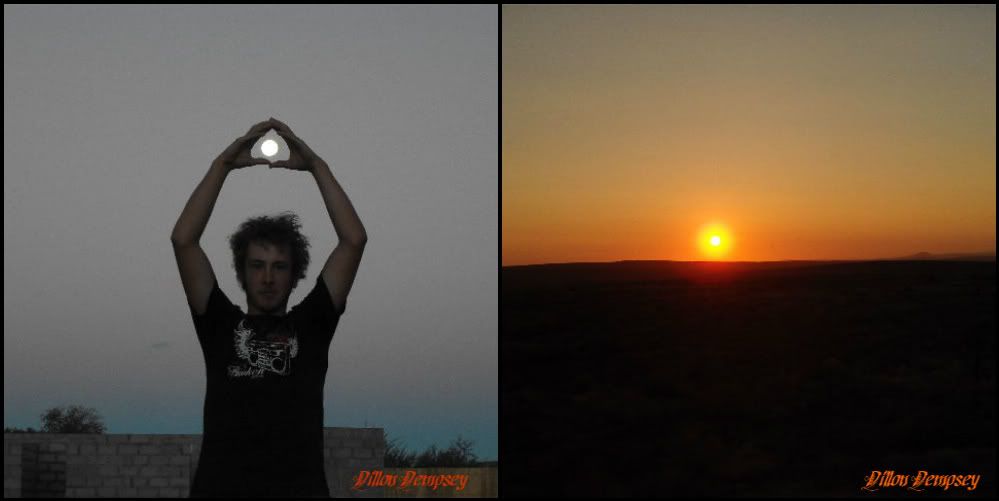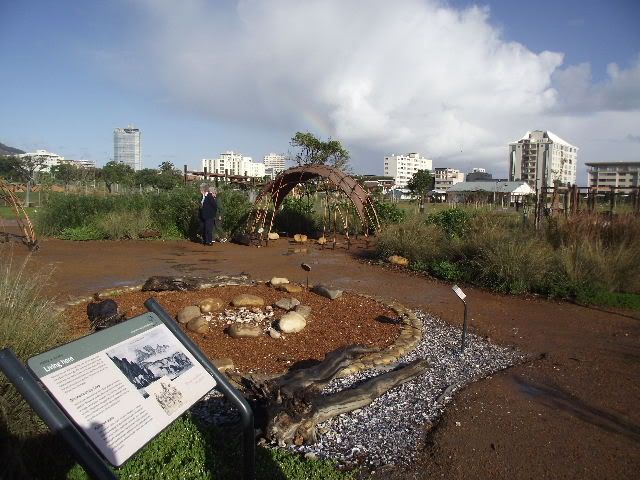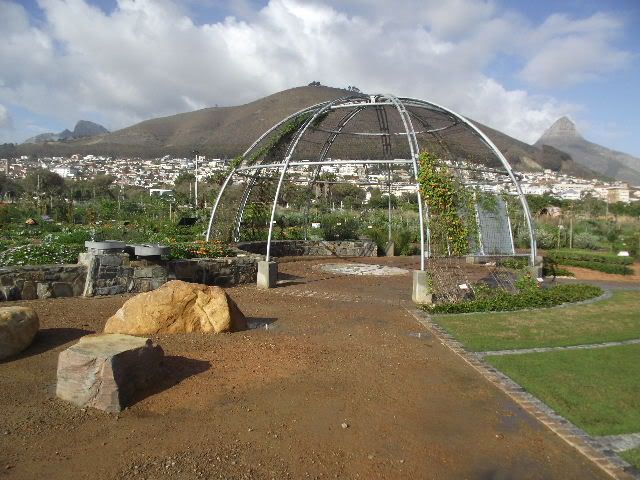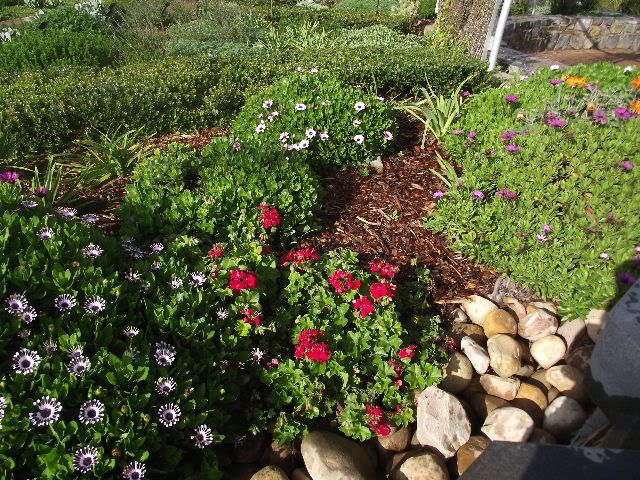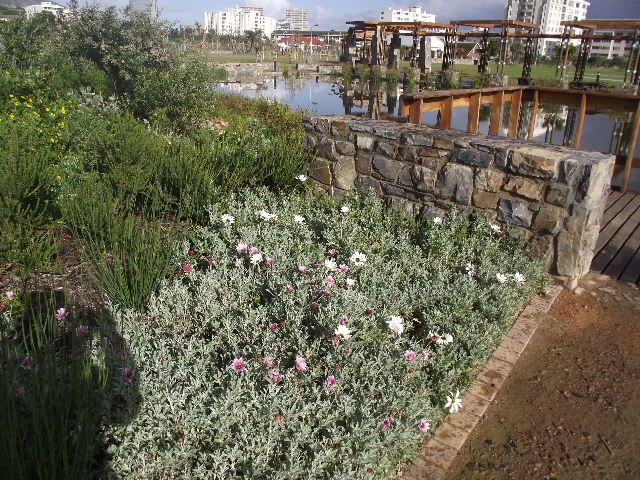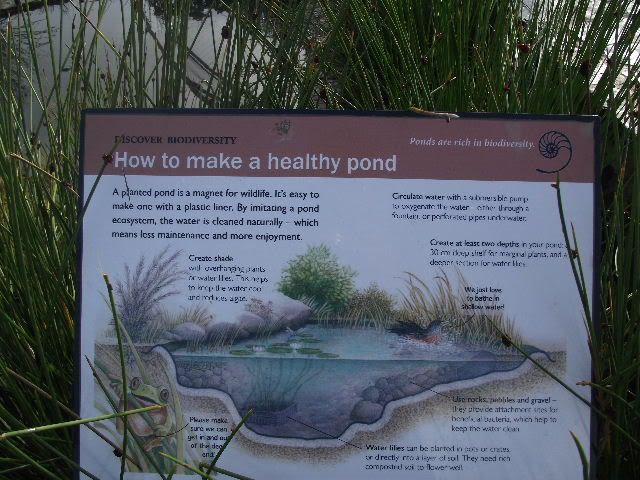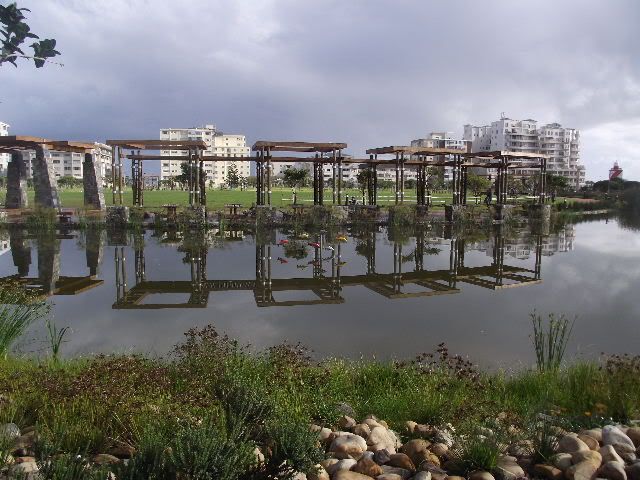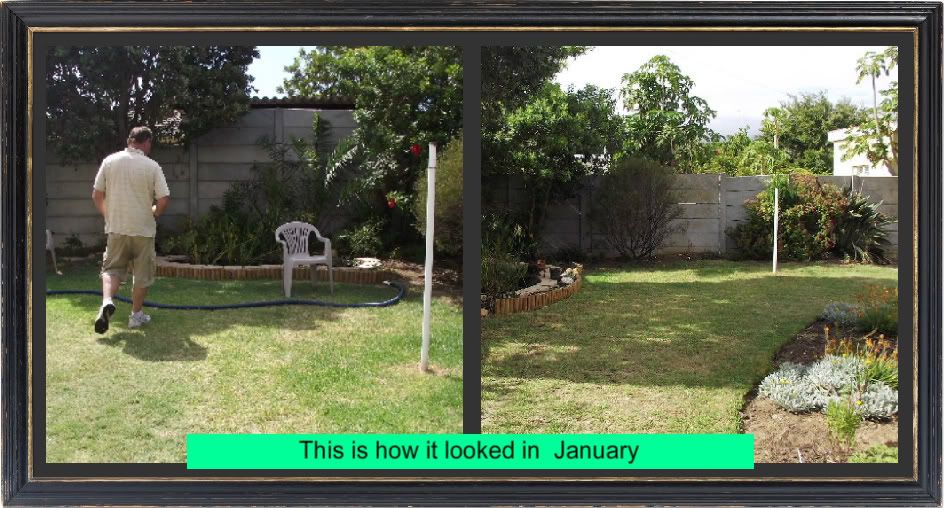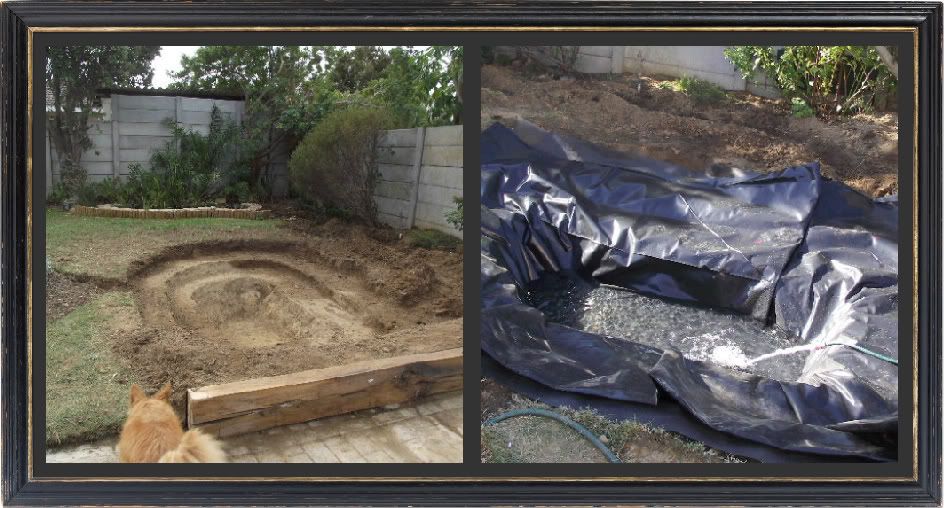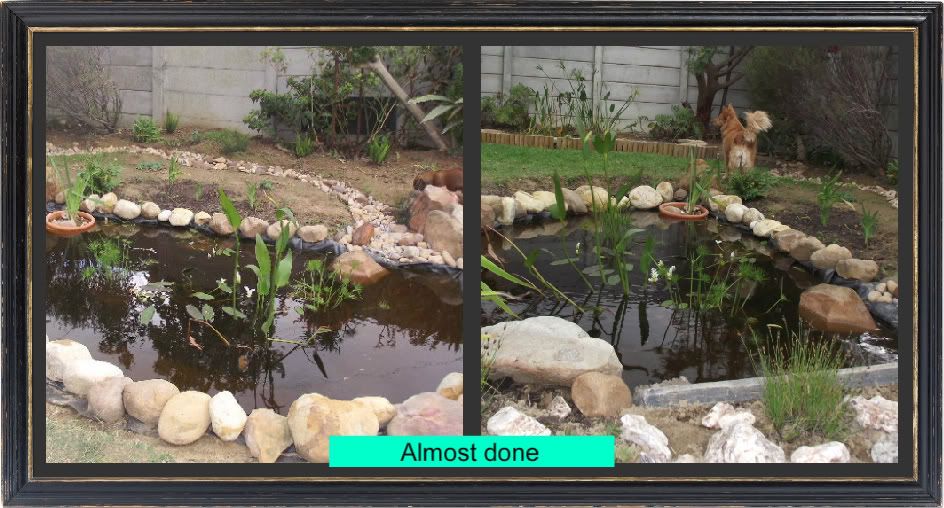Having your own business means time off is a luxury rarely afforded. But with Tuesday 9 August being a public holiday we decided to grab the opportunity, and taking the Saturday and Monday off work and returning midday Wednesday we have just enjoyed our annual leave. We wanted to go to the Orange River to visit our oldest son but with time being limited and not wanting to spend too much of it travelling, we headed off to Citrusdal instead.
We left on Saturday morning determined to enjoy our break from the start, we decided to avoid the busy N7 and instead take the quieter route. This took us through Stellenbosch, past Wellington and on to Porterville (Hi Diana) we finally joined the N7 just before Piekernierskloof and stopped as always for a leisurely meal on the top of the pass. Down the pass and just a short drive to our destination.
A glimpse of snow as we drove down Piekernierskloof
Our cottage was equipped with everything you could possibly need for a comfortable stay and with beautiful views all around we were set for a relaxing time. Our friends arrived shortly after us and stayed in the next cottage.
The rest of the day I spent lazing in the warm winter sun with my latest book – The Great Disruption.
Of course it wouldn't be SA if we didn't braai (barbecue) so as the sun dipped behind the mountain the fire was lit, providing warmth, a place to cook and best of all an opportunity to enjoy the company of family and good friends.
There is something about fresh country air that seems to make me sleep like a baby. We only woke at about 7 a.m. on Sunday morning – quite a record for me as I am usually up by 5 a.m. So as hubby started to prepare a leisurely breakfast on the fire I headed up the nearest hill to explore. Have I mentioned that I am the most spoilt woman I know?
Looking down towards the valley of Citrusdal
The same luscious berries seen by Diana at Elephants Eye – I don't know what they are either.
Breakfast was scrumptious and the sun on our verandah was lovely and warm, so out came my book again. In the afternoon I dragged hubby up another nearby hill.
The hillside was filled with flowers
Lots of tall Euryops speciosissimus
Beautiful Lobostemon ??
Many I couldn't identify. Like this one. Eriocephalus ? But it seems sparser and finer that those I have seen before.
The view from the top was amazing.
Enough exercise for the day, early braai, early to bed.
Monday morning, what a wonderful feeling, the rest of the world is at work and we have the day off! We have never had a long weekend or a holiday without explorimg the surrounding area. So off we headed north out of Citrusdal driving parallel to the N7 and alongside the Oliphants River. We drove for quite a while along a gravel road enjoying the peace and the scenery. Eventually we came to a crossroad and after some deliberation decided to turn right towards Algeria. (No not the country- just a little piece of nature in the Western Cape). The road was quite corrugated but that didn't matter we we driving really slow, in total awe of the surroundings. We eventually found ourselves on the Nieuwoudt Pass and the beauty awaiting us was so unexpected. Hundreds of Heliophila covered the mountains in a purple haze.
Driving further down into the valley we reached Algeria, the campsite appears neat and well maintained. We followed the paved road out until it turned to gravel again. The scenery kept us enthralled, towering mountains, interesting rock formations and an abundance of water and plants.
We passed this interesting ruin and couldn't resist getting out for a closer inspection.
Finally we reached a fork in the road and we turned left towards Ceres.
Stopping every few minutes to get a closer look. Thanks to the very patient driver. (Hubby)
The variety of plants is astounding
Just as we were thinking a drink and something to eat would be good, we saw a sign for the Cederberg Oasis. What a novel place. We were invited to help ourselves at the “ Honesty Bar”, while the hostess prepared delicious toasted sandwiches. We sat outside enjoying the view.
Shortly after this, the drive back to Citrusdal took us through wine farms and pear orchards, not nearly as interesting as the wild flowers.
Tuesday we spent relaxing and not doing much.
Wednesday morning back to work - can't wait to go back again!



















